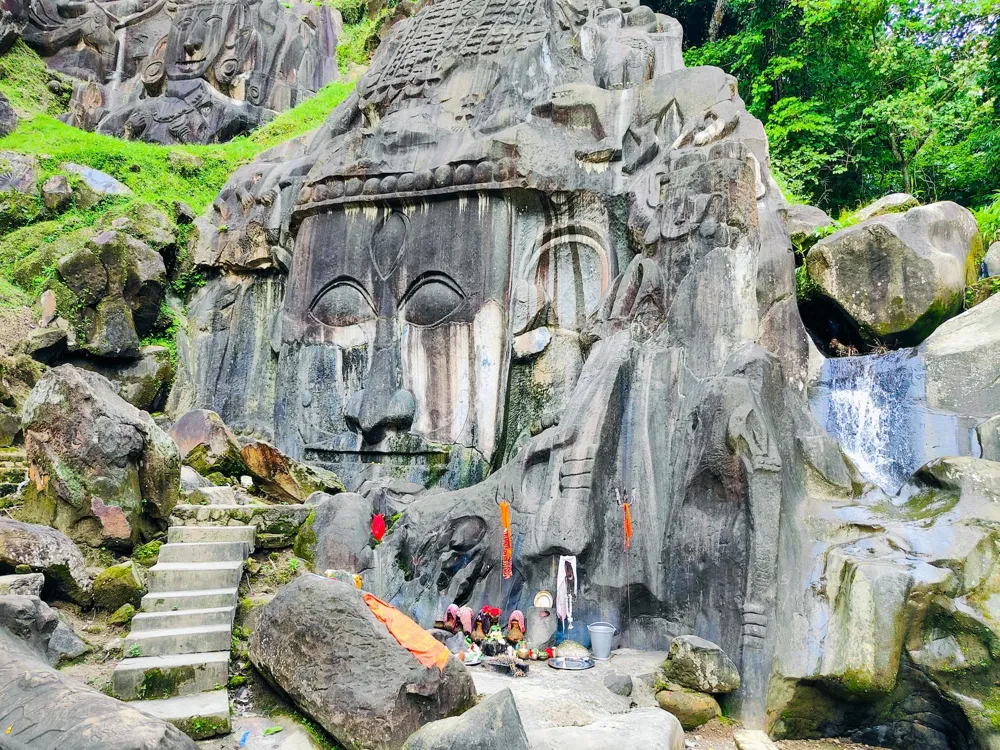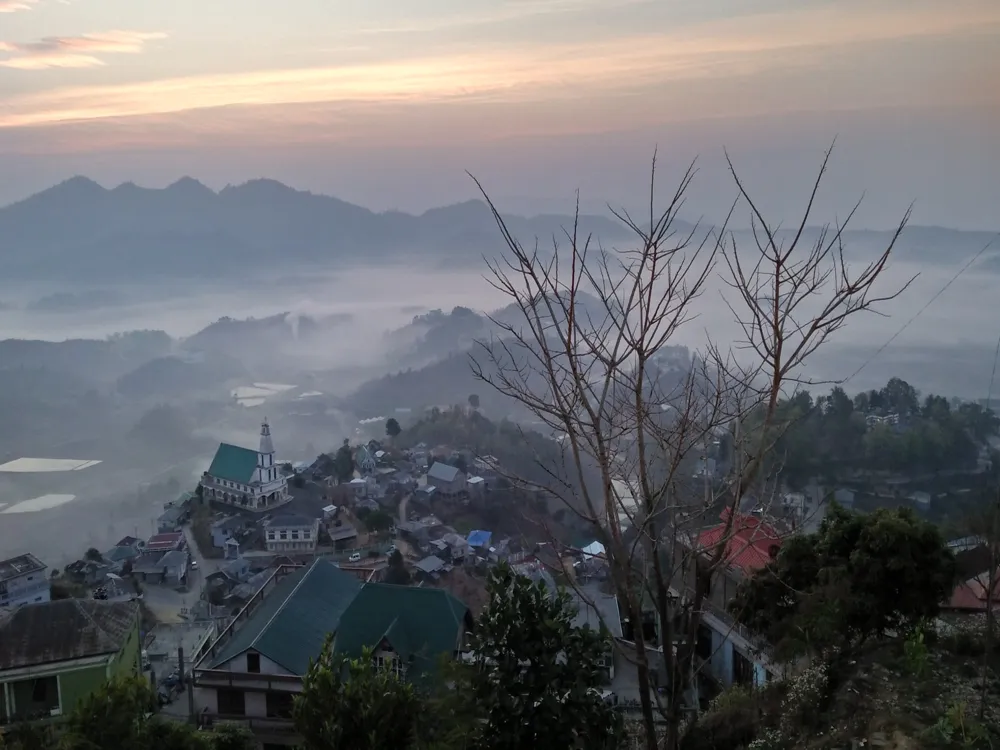Lungkulh, a quaint and picturesque village in the Mamit district of Mizoram, is a hidden gem waiting to be explored. Nestled amidst lush greenery and undulating hills, this village offers a serene escape from the bustling city life. The unique geographical location of Lungkulh, surrounded by vibrant forests and rich biodiversity, makes it a paradise for nature lovers and adventure enthusiasts alike. The village is not just a treat for the eyes but also holds a cultural significance, offering a glimpse into the traditional lifestyle of the Mizo people. The history of Lungkulh is as rich as its landscape. Known for its ancestral roots and traditional customs, the village is a living testimony to the ancient Mizo culture. The people of Lungkulh, predominantly from the Mizo tribe, are known for their warm hospitality and rich cultural heritage. Their traditional houses, attire, and cuisine reflect the simplicity and beauty of their way of life. Moreover, Lungkulh is not just about scenic beauty and culture; it also plays a pivotal role in the ecological balance of the region. The village's commitment to sustainable living and conservation of nature sets an example for others to follow. The architecture of Lungkulh is a fascinating blend of tradition and functionality, deeply rooted in the Mizo culture. The traditional Mizo houses, known as 'Zawlbuk,' are the most prominent architectural feature of the village. These houses are typically made from locally sourced materials like bamboo, wood, and thatch, showcasing the sustainable practices of the Mizo people. The design of Zawlbuk is not only aesthetically pleasing but also practical, keeping the interiors cool during summers and warm in winters. Another striking feature of Lungkulh's architecture is the 'Lushai hills style,' characterized by stilted structures that protect against wild animals and floods. The houses are elevated from the ground, with a staircase leading to the main living area, which usually includes a central hearth. The hearth is not just for cooking but also a communal space where families gather, reinforcing the strong community bonds. The intricate designs and carvings on the wooden pillars and walls of these houses narrate the tales of the Mizo folklore, making each house a piece of art in itself. In addition to residential structures, the church architecture in Lungkulh is noteworthy. The church is often the largest and most prominent building in the village, serving as a religious and community hub. These churches blend traditional Mizo architectural elements with modern designs, symbolizing the fusion of old and new. The use of wood and bamboo in church architecture not only adds to the aesthetic appeal but also resonates with the eco-friendly ethos of the village. Over the years, the architecture of Lungkulh has evolved, incorporating modern materials and techniques while retaining its traditional essence. This evolution reflects the adaptability and resilience of the Mizo people, who have embraced change without losing sight of their heritage. The newer buildings, though modern in their amenities, still bear the characteristic features of Mizo architecture, such as the stilted design and the use of natural materials. Recognizing the cultural and historical importance of traditional architecture, efforts are being made to preserve and restore old structures in Lungkulh. These preservation efforts not only protect the architectural heritage of the village but also serve as a reminder of the rich legacy passed down through generations. When visiting Lungkulh, it's essential to show respect for local customs and traditions. As a visitor, you should be mindful of the cultural sensitivities and engage with the local community in a respectful manner. The ideal time to visit Lungkulh is between November and March, when the weather is pleasant and conducive for exploring the outdoors. This period also coincides with several local festivals, offering a deeper insight into the culture of the region. Due to the varied terrain and weather conditions, it's important to pack appropriately. Essentials include comfortable walking shoes, weather-appropriate clothing, and basic first aid. Don't forget to bring a camera to capture the stunning landscapes and architectural marvels of Lungkulh. Reaching Lungkulh is an adventure in itself. The nearest airport is Lengpui Airport in Aizawl, which is well-connected to major cities in India. From Aizawl, Lungkulh can be reached by road, which is an approximately 3-hour drive. The journey offers breathtaking views of the hills and valleys, making it a memorable experience. For those preferring public transport, regular bus services and shared taxis are available from Aizawl to Lungkulh. However, hiring a private vehicle is recommended for a more comfortable and flexible journey. Read moreOverview of Lungkulh in Mamit, Mizoram
Architecture of Lungkulh
Church Architecture in Lungkulh
Evolution of Lungkulh's Architecture
Preservation of Traditional Architecture
Tips When Visiting Lungkulh
Respect Local Customs and Traditions
Best Time to Visit
Packing Essentials
How To Reach Lungkulh
Mamit Tourism
Best Time to Visit Mamit
How to Reach Mamit
Things To Do Mamit
Lungkulh
Mamit
Mizoram
NaN onwards
View mamit Packages
Mamit Travel Packages
View All Packages For Mamit
Top Hotel Collections for Mamit

Private Pool

Luxury Hotels

5-Star Hotels

Pet Friendly
Top Hotels Near Mamit
Other Top Ranking Places In Mamit
View All Places To Visit In mamit
View mamit Packages
Mamit Travel Packages
View All Packages For Mamit
Top Hotel Collections for Mamit

Private Pool

Luxury Hotels

5-Star Hotels

Pet Friendly












